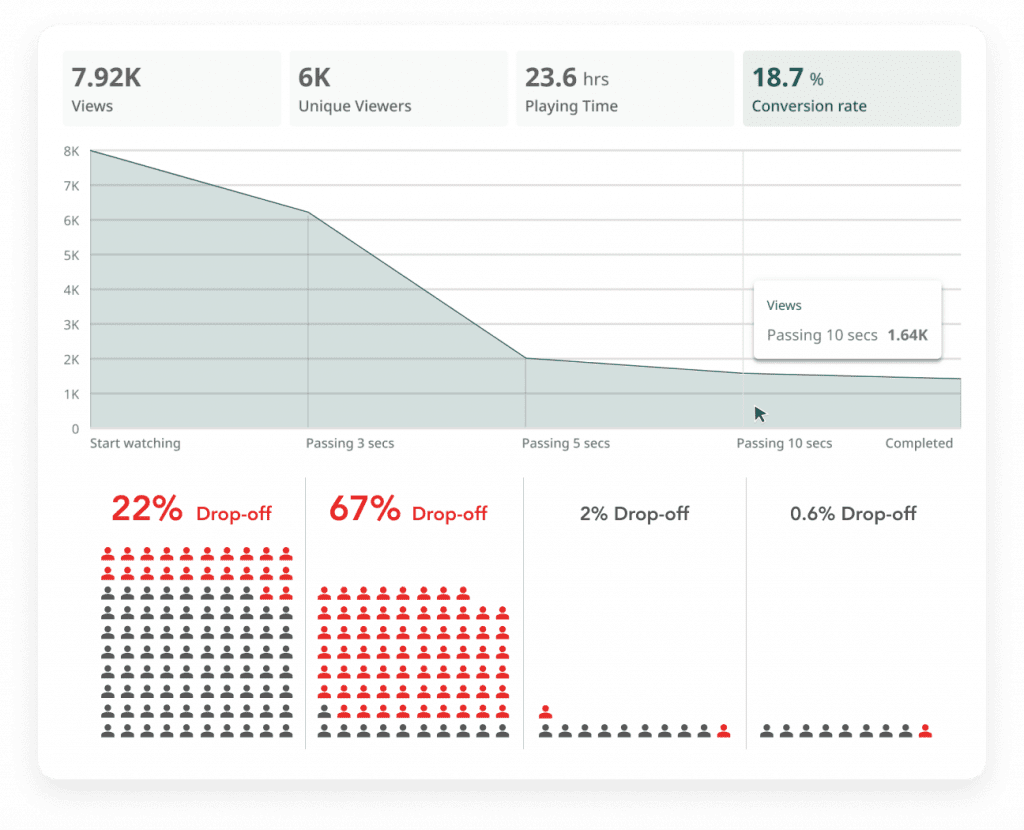COVID-19 and the cloud
A very big welcome to everybody to those of you taking time out to attend today’s session. We hope that your recent events haven’t adversely affected you too much, either personally or professionally. In today’s session, we’re going to have representation from pretty much across the planet, including Asia, Europe, Middle East Africa, and later in the day in our latest session, we’ll have North America as well.
So unless you’ve been living in a cave, it’s plain to see that the world is still recovering from the catastrophic recent events of 2020.
Many of the world’s population is still sheltering at home in response to the COVID-19 pandemic. The opposite of this, is more people are keeping themselves entertained, staying connected, and in particular, working from home via the internet far, far more than they ever did before. This has resulted in a huge strain on the global internet infrastructure causing outages, reduce performance, and puts some subs providers under tremendous strain to meet their quality of service and service level agreements.
As you can see from the graph here. This hockey-stick tirade of traffic has not only been driven by box-set binging on services such as Netflix but excessive social-media usage from keeping in contact with loved ones and the tracking of trending videos on YouTube.
So, as I previously mentioned, it’s not just entertainment. That’s been affected. Organizations have been forced to allow their employees to work from home in order to keep themselves distance. And in terms, safe, meeting software, such as zoom, Cisco, WebEx, Microsoft teams, and Google Hangouts have seen a massive, massive increase in daily app sessions.
After the COVID first darken the doorways. That adoption has grown and has been growing at an accelerated rate even before the pandemic. Morbidly along businesses were already moving towards the cloud, but with the high street, three weeks becoming a no man’s land and many retailers forced to focus on their online channels or literally creating them.
In order to survive these significant surges in usage, clearly bolstering the backend architectures becomes really an essential task. However, The real question of by far the most important one is how do businesses handle this surge brought on by both the cloud revolution and COVID related impact. Very good question, indeed.
Using a content delivery network
The purpose of a CDN or otherwise known as content delivery network is to deliver digital data to users.
It’s a straightforward mission. It implies a pretty complicated task. CDNs operate on a global scale. They relay vast quantities of data that work hard to deliver content despite slow internet conditions, hardware failures, and other issues. Technically speaking, a CDN is effectively a network of global servers in multiple data centers covering a large portion of the habituated areas of this planet.
One of the key functions of CDN is to cache copies of the data on different servers that are closer to the recipient, that data. And it’s largely based on the network conditions and geographic proximity. So without a doubt, this is the primary benefit of making use of a CDM provider. CDN decreases the loading time and in turn, increases the speed of your site.
It is only logical that an increase in site speed will be accompanied by a better browsing experience than a choice by your visitors. The situation is equally vice versa, a decrease in speed central users away. And when your users leave well, we all know what happens then what the outcome there is.
As I stated earlier, on higher volumes of traffic can cause service to collapse. Hence if you’re experiencing high traffic, then considering CDM service providers is not an alternative, but more of an internet necessity. Instead of having all your traffic bombard, a single server, you can distribute the traffic across several servers.
So, who really needs a seat, and what type of business, what type of application. And, uh, without a doubt, we’ve seen a huge resurgence of gaming, gambling, uh, many online, online sites out there that there’s a massive application for CDN with performance requirements that often rival financial trading floors.
The financial institutions themselves are among some of the key users of CDNs. Whereas slow or, or failed connection could result in millions of dollars of loss. Think about content, any content-rich website with a high dependency on gorgeous graphics, video on demand, and even downloadable content so that the multimedia and marketing agencies are catered for.
Certainly, any content, any e-commerce based company with rich product media or just high numbers of traffic will be a contender for using a CDN. And it’s a massive, massive uptake on the education, government, and healthcare sector, and they are increasingly becoming huge users of data.
So there are many options out there, some CDN providers offer a broader global reach than others with some, uh, some folks on performance and others on geographic location. The truth is that, there isn’t a one size fits all. When it comes to content delivery, the geography application, a potential audience are all important factors when choosing a CDN.
Choosing the right CDN
How do you know what CDNs are right for you? That’s the question. What criteria do we use to evaluate the CDN? More servers equal, less buffering, greater redundancy, more scalability, and so on. Also, it’s important to consider geographic distribution when choosing a CDN.
May CDNs have good coverage in Europe and the United States where data centers are common. However, very few features, robust coverage in South America, Asia, and the Middle East, and Africa. There are two things that you should think about points of presence. That’s PoP, how many physical locations can share your data across the globe, and availability. How resilient those PoPs are in the event of either high traffic or a targeted attack.
Let’s just take a step back, what is a point of presence? Think of it as a server that is geographically close to the users, which can handle content processing, basically the more the PoPs the merrier.
A PoP data center contains more caching servers equipped with high capacity stores drives and lightning-fast processes, that can handle more requests, traffic with less congestion, a CDN with a greater number of PoPs strategically placed in edge locations. All around the world can naturally serve more users with a lower latency than a smaller CDN with fewer pops.
Where used requests may have to travel long distances and reach a server. For example, with Cloudflare, they operate around 200 PoPs across roughly about 90 countries. The greater density of service placed in key metropolitan centers.
So availability is a very important factor here. In comparison to the PoP metric mentioned earlier, availability is all about how this CDN can minimize the downtime risks. Truth be told, no CDN can guarantee a hundred percent uptime since accidents do happen. But when we’re shopping for CDNs, it’s imperative to look into the availability data to make sure how reliable these CDNs are.
There’s no perfect CDN
So which CDN is the best? Let me tell you a little secret: none of them and that’s no slur against the providers. That was so many factors involved. No single CDN provider can provide a truly global high performing CDN service all of the time.
The truth is all the CDNs have their own pros and cons. The biggest differentiator is obviously the PoP coverage. So for example, Cloudflare has the best coverage in general, but fall short in some global locations, which potentially can be a deal-breaker for some companies.
A company like Tencent, much smaller and does not have the best coverage. But its performance and overall coverage in the China region is exceptional. The point is to know your requirements. Find out the key features you need and compare them.
It’s often difficult to cover every single corner, like this user on the right. There’s no PoP in his region. So technically even this user has been routed to the nearest PoP. The low load speed may not be great when compared to other users in more favorable geographies, but still, it’s a hell of a lot faster than use it, not using a CDN at all.
But I hear you ask what happens if there’s an issue, a problem, or an outage. So some users might not be able to get access to the name as pop to them, but since most CDNs have a load balancer to avoid service and accessibility, there’ll be routed to the next nearest and available pop to ensure that services accessible to the users.
But what happens if it’s a complete outage, which is rare, but it definitely can and has happened. It means no user can access your service, period. A content delivery network is typically a good, reliable, and performance improving-solution, but as mentioned, all CDNs have their pros and cons, and it’s a risky strategy to put all your eggs in one basket.
So let me tell you a little story. Here’s a classic example in July of 2019, Cloudflare had a huge outage. And as you can see from the chart here, there’s a big availability drop during that outage. Coupled with a large latency surge as well. This partial outage occurred over a period of an hour, which resulted in businesses having to deal with poor website performance and even downtime.
Introducing Multi CDN
Now it’s true that this doesn’t happen often. But it only has to happen once to damage your reputation and your ability to operate. So we’ve discussed what a CDN is and its benefits and its challenges. Is there an even better solution out there? May we suggest… Multi CDN.
There are already many providers out there claiming to provide Multi CDN services for business, but all of them have different interpretations and approaches to this topic. For users using the average Multi CDN providers out there, they have to manually source and subscribe to the CDNs they want to use, or you just have to ask the Multi CDN provider to activate the CDNs for them.
Typically they employ data, traffic routing methods, for example, the round-robin technique. The key element to this is that it requires a vendor-specific management portal for each CDN. What that means is, if you have AWS, you need an AWS management portal access and likewise for any other platform.
They’re also a reliance on the CDN provider’s own security features, which equates to individual security per CDN vendor. You can see where I’m getting at here. So this makes for both a cumbersome and resource-intensive solution.
So now imagine if you could get the very best performance in any geography, and somehow magically switch to the fastest performing CDN at the blink of an eye and all without any intervention. The ability to manage all your clouds under a single platform, no matter which cloud, and how many are using.
By combining a Multi CDN technology with the artificial intelligence to manage the load balancing in a manner similar to global server load balancing, or GSLB, if anybody familiar with that, you will indeed reduce the chance of an outage.
So that sounds great, but so let’s find out how. Traditionally. with a single CDN, you generally get reasonable service. Simple architecture, but it’s also a risky strategy and it can lead to performance challenges.
What we’re is doing can bring you to a different level. You can subscribe to any CDNs you want to use directly on the platform. Once activated, the system will automatically identify and use the best CDN. So it’s a self-serve type of environment we call it “Power-Ups” which effectively is our marketplace functionality that gives you access to all available CDNs and enhancement features. You can also add various stuff such as DDoS or WAF, etc onto your services offering.
Managing Multi CDN is extremely simple on our platform with full visibility of traffic on every cloud and performance in every geography. Once you have multiple CDNs subscribed it will simply switch to the best one without having to go through any tedious configuration process.
As mentioned, the reality is that no CDN providers on the market can guarantee 100% uptime and constantly perform at its peak level. Just not going to happen. With Smart Load Balancing, the machine learning-based system can measure and assess the CDN performance data and in turn, make decisions based on the possible latency or availability issues it predicts.
The system constantly measures the CDN performances globally for precise load balancing. This can avoid downtime in diverse geographies and keep your website running by auto swapping the CDNs with websites, analytics, and metrics. The system can make the decisions that directly relate to the user accessing the site and all this in milliseconds.
Our goal is to lower this threshold for all businesses to Multi CDN and help deliver a faster and more reliable experience on their websites. We trust that this session has posed a few questions with your neuron infrastructure and perhaps prompted you to explore just how using a Multi CDN can significantly improve your user’s web experience.



